17 December 2019
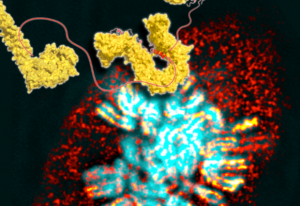
DNA is present in each cell of our body. If all the DNA from one human cell was removed and aligned in a single strand, it would in theory add up to a total length of about two metres. In order to fit into the nucleus of a cell, DNA has to be compressed by […]
SCIENCE & TECHNOLOGY
2019
picture-of-the-weekscience-technology
26 November 2019
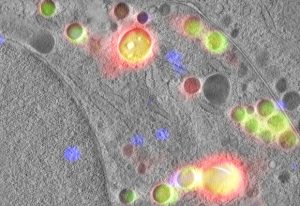
The hormone insulin helps to remove sugar from the blood after a meal. This is important, as in the long term high blood sugar levels damage our bodies. Diabetes of type 1 or type 2 is a direct consequence of a failure to produce sufficient insulin or to release it from the cells in which […]
SCIENCE & TECHNOLOGY
2019
picture-of-the-weekscience-technology
5 November 2019
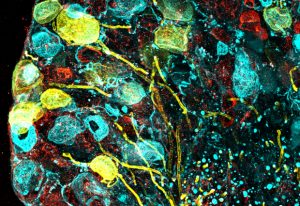
Traditionally, we talk about having five senses: sight, hearing, taste, smell and touch. In reality, our bodies are capable of much more. Sitting right under our skin are a variety of sensory neurons, which are specialised in detecting light touch, pain, temperature, itch or the body’s position.…
SCIENCE & TECHNOLOGY
2019
picture-of-the-weekscience-technology
25 September 2019
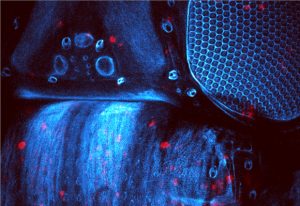
Fruit flies have something that we don’t have: they produce a protein called dumpy. This protein is the largest created by insects, and is comparable in size to the largest human protein – titin. While titin is vital for our muscle function, dumpy connects the soft cells of the insect’s…
SCIENCE & TECHNOLOGY
2019
picture-of-the-weekscience-technology
10 September 2019
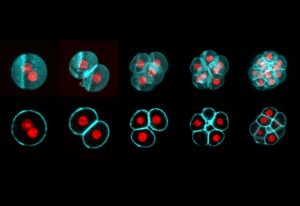
All mammalian life starts with the fusion of egg and sperm, resulting in the creation of a single cell called a zygote. This develops into an embryo through a series of cell divisions, in which the number of cells doubles at each step. Todays’ Picture of the Week was taken by Manuel Eguren of the…
SCIENCE & TECHNOLOGY
2019
picture-of-the-weekscience-technology
20 August 2019

MEG3 adopts a complex three-dimensional structure to fulfil its tumour suppressor function.
SCIENCE & TECHNOLOGY
2019
sciencescience-technology
20 August 2019
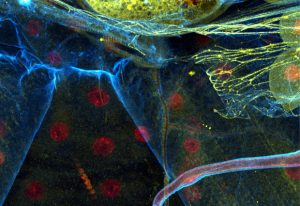
Today’s picture of the week is not only a colourful one, it is also a snapshot of the vast number of shapes that the cells inside an animal body can adopt. How this variety comes about is investigated in the Leptin group at EMBL Heidelberg. To understand the shapes of the cells in fruit fly…
SCIENCE & TECHNOLOGY
2019
picture-of-the-weekscience-technology
6 August 2019
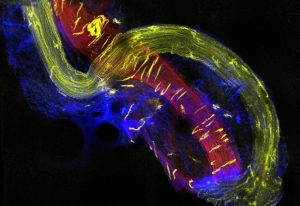
Low blood pressure (hypotension) or high blood pressure (hypertension) are risk factors for many diseases and affect more than 20% of the global population. How blood pressure is regulated is part of the research done in the Heppenstall group at EMBL Rome. In today’s Picture of the…
SCIENCE & TECHNOLOGY
2019
picture-of-the-weekscience-technology
31 July 2019

Interview with Janka Motešická: a EUCYS 2018 prize winner
LAB MATTERSPEOPLE & PERSPECTIVES
2019
lab-matterspeople-perspectives
23 July 2019
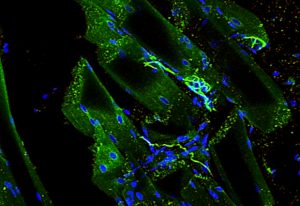
Every single moment of our life we use our muscles – most of the time without even thinking about it. Some muscles, like our heart, we cannot even control at all. How our brain communicates with our muscles is still not fully understood. The communication between our brain and our skeletal…
SCIENCE & TECHNOLOGY
2019
picture-of-the-weekscience-technology
16 July 2019
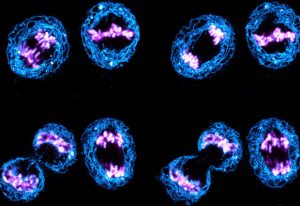
This colourful picture, taken by EMBL postdoc Arina Rybina using a confocal fluorescence microscope, shows human cells in the process of cell division. Eventually, each mother cell brings into existence two identical daughter cells. To visualise the process by light microscopy, different cell…
SCIENCE & TECHNOLOGY
2019
picture-of-the-weekscience-technology
18 June 2019
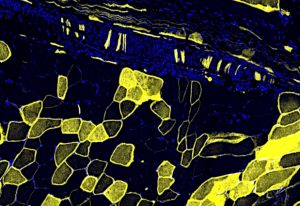
Have you ever wondered what reflex testing is about? Why does your doctor tap the space below your knee with a hammer to see if your leg kicks forward? At the centre of this involuntary reaction is the muscle spindle, of which you can see a close-up in today’s Picture of the Week. Muscle spindles…
LAB MATTERS
2019
lab-matterspicture-of-the-week
4 June 2019
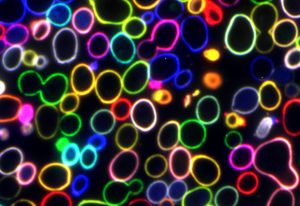
Most of us love brewer’s yeast, or at least the food that it’s helped us to produce since ancient times. Without Saccharomyces cerevisiae (its Latin name) we couldn’t enjoy wine, beer or most types of bread. Besides its role in food production, S. cerevisiae is also an important model…
LAB MATTERS
2019
lab-matterspicture-of-the-week
21 May 2019
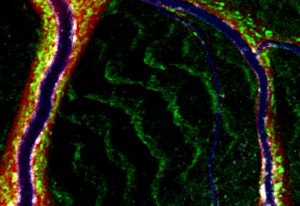
This image – resembling a network of rivers and canals – actually shows the tracheal tip cell of a fruit fly. Fruit flies are heavily used in research and they are a common model organism in developmental biology. Researchers at EMBL use the larvae of fruit flies to study tracheal cell…
SCIENCE & TECHNOLOGY
2019
picture-of-the-weekscience-technology
No matching posts found













